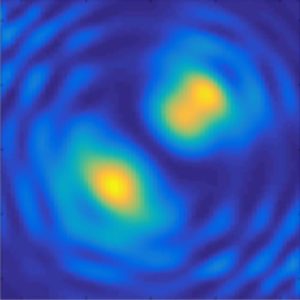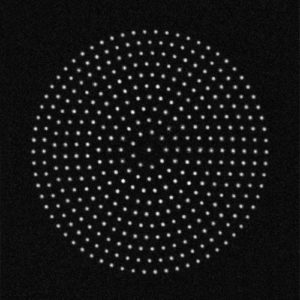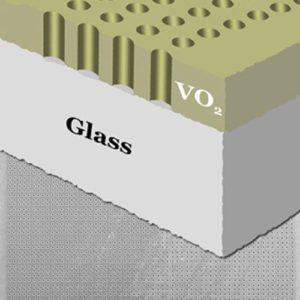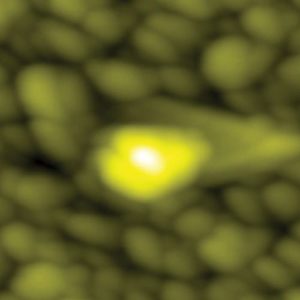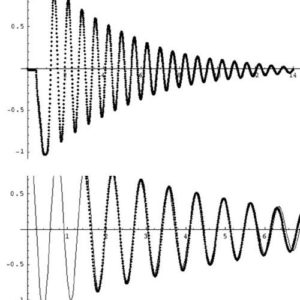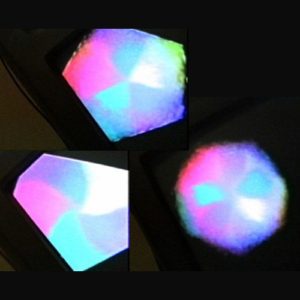nano-Raman


Raman Scattering from Single Nanoparticles
Since a vanadium dioxide nanoparticle (VO2 NP) contains relatively few potent defect sites that can trigger the phase transition via heterogeneous nucleation, it requires substantial overheating and undercooling (i.e., excess ‘driving forces’) beyond the nominal critical temperature (67 °C) in order to switch between the monoclinic (semiconducting) and tetragonal (metallic) phases, thereby exhibiting a wide thermal hysteresis of the Raman-scattered light (e.g., >50 °C for VO2 NP “A”). On the other hand, a contiguous VO2 film contains many nucleation sites due to the larger accessible volume and grain boundaries, so that temperature excursions of just a few degrees can initiate the phase transition, resulting in a narrower hysteresis loop (here, <5 °C). Moreover, defect-harboring grain boundaries can also cause individual nanoparticles of similar volumes to exhibit very different hysteresis widths (e.g., <20 °C for VO2 NP “B”).
